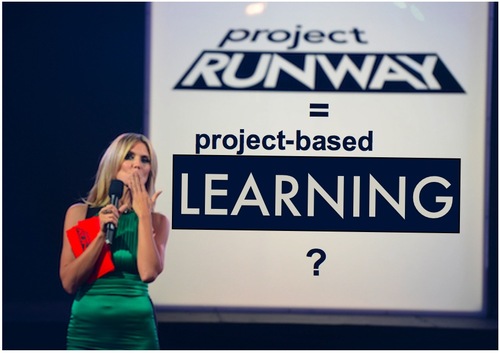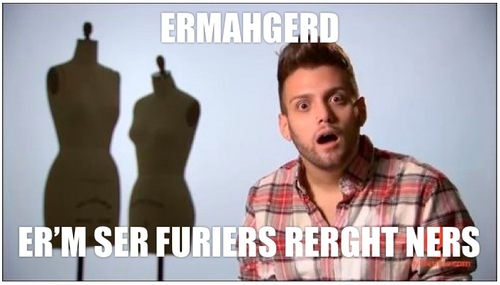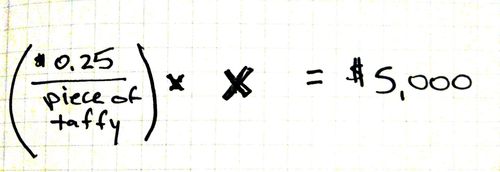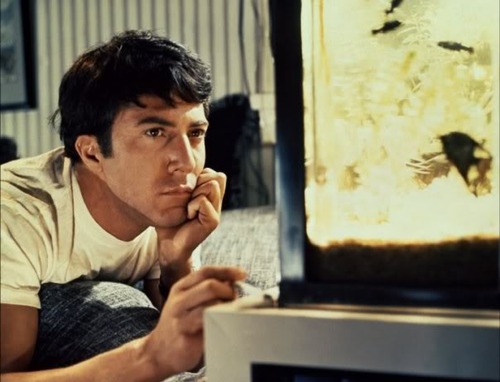This is the third in a series of blog posts, collecting links to websites that contain some interesting videos for teachers looking to “flip their classroom” without starting from scratch. (For more on what it means to flip a classroom, see Monday’s introductory post.) For each site below, I have tried to summarize by including information about
- content areas collected on the site,
- the intended grade level/age of viewers, and
- the type/style of video (e.g. lecture with written notes, music video, made-for-TV)
There should also be an example video posted along each title. Between the description, the links, and sample video, you should end up with a pretty good idea of what you’re getting into. (Note: after being organized into categories, these sites are listed alphabetically by title, not based on any evaluation of relative quality.)
Made-for-TV Videos
Mythbusters http://dsc.discovery.com/videos/mythbusters/
Content Areas: Scientific process skills and engineering around a variety of topics
Intended Age Group: Most clips would be all right for ages 8+, though be sure to screen topics accordingly
Style of videos: Problem-focused vignette as two (or more) people try to design a solution
Sample video: Dimpled Car MiniMyth
Description: Mythbusters Jamie & Adam are at it again! As most know, these two (and their newly-formed team) challenge widely-held beliefs of all shapes and sizes, using science to debunk myth. Discovery.com has collected over 1,000 clips from the show on their website. The clips- ranging from 60 seconds to 5 minutes- could serve a great purpose as a focusing tool, or as a model for engineering, problem-solving, or investigation. The downside: the clips on this site are not really organized in any way. To find something of value to you in your classroom, be ready to do some searching and some bookmarking.
NBC Learn http://www.nbclearn.com/
Content Areas: Physics (Science of NFL Football, Science of the WInter Olmpics), Chemistry (Chemistry Now!), and Earth Science (The Changing Planet)
Intended Age Group: I’ve used these resources with students as young as 3rd grade, as old as 12th.
Style of videos: What you might expect in a feature story on the news- interviews, stock footage, telestrated explanations over video.
Sample video: The Chemistry of Chocolate
Description: The team at NBC News got collected, produced, and archived these resources for the K-12 classroom. The subject matter of each collection puts the content into a context that matters to kids. (My pesonal favorite: Science of the Winter Olympics!) A select few videos (about 100 altogether) are free for use in classrooms, while the rest of the collection require a subscription.
One interesting tidbit: NBC Learn uses a media player called a Cue Card™ that supports various media besides video. It is also “flippable”: like a flash card, the media player provides bibliographic information, clickable keywords and a citation generator on the back, and a full transcript along the side.
SportScience http://search.espn.go.com/sports-science/videos/6
Content Areas: Mostly physics, though several touch on biology- or chemistry-related topics
Intended Age Group: Like NBC Learn, I have used these with all ages of student.
Style of videos: TV scientists pose a question, and measure data from athletes’ performance in order to answer the question
Sample video: Jayron Hosley – Reaction Time and Speed
Description: John Brenkus and the SportScience team mix Mythbusters with SportsCenter to bring SportScience, a show that digs into the science behind the world of sports. In most situations, the clips consist of Brenkus posing a question about an athlete: “How does Rory McElroy drive the ball so far off the tee?” “How fast is Jayron Hosley?” “Can Chicago Bear Devin Heser outrun a real bear?” The team then goes into data collection mode, strapping high-tech probes and tracking equipment to the athlete in order to study his/her movements. The data is then analyzed in order to try and answer the initial question.
ESPN has collected about 100 3 to 5 minute clips on their website. Unfortunately, like the Mythbusters site, the organizational structure of this site leaves a bit to be desired- teachers will need to be ready to spend a little time digging here to find just the content they need. (Be sure to bookmark it in some way once you find it!)
Time Warphttp://dsc.discovery.com/tv/time-warp/time-warp.html
Content Areas: Bit of a mixed bag, though there is a lot of physics.
Intended Age Group: Generally for older viewers, though I think everyone could be easily awed by the super high-speed camera. Given that explosions and fire are often a topic of conversation, be wary of the clip in its totality before assigning it.
Style of videos: Hosts Jeff Lieberman and Matt Kearney pose questions, and then film subjects with a super high-speed camera in order to see events in super slow motion (which hopefully helps to answer the question at hand).
Sample video: Nucleation in a Soda Geyser
Description: Like SportScience, Time Warp digs into the science behind that which happens too quickly for our eyes to see. Through the use of a high-speed camera, the hosts are able to capture many more frames per second than your average video camera, allowing us to receive much more information about what really happens in the blink of an eye! The site has two different video sets. One set of 20 videos from HowStuffWorks.com goes into more of an explanation for phenomena like bubbles, rockets, and fire walking. The other is a collection of interactive videos where the user controls the speed and direction of the playback- perhaps to answer a question of his or her own! While these vids may not be of enough substance to fly as flipped videos on their own, the interactive videos might cool enough of a resource to be used in the classroom during application time.
Twig Science http://twig-it.com/
Content Areas: Biology, Chemistry, Earth Science, and Physics
Intended Age Group: These have different videos for all ages of students.
Style of videos: Most I have seen are documentary-style, with a single speaker scripted over archived footage from the BBC, NASA, etc.
Sample video: How Hot is the Earth’s Core?
Description: Twig Science is a company based out of the UK advertised as providing “outstanding short films on science…made with teachers, for teachers.” They are not lying. The videos I have seen are short (usually no more than 3 minutes or so), and outstanding in quality and clarity. As described about BrainPop in yesterday’s post, Twig Science also offers several supplementary resources that could be used in conjunction with these videos, including sample lesson plans, checks for understandings, The organizational mindmap is an impressive feature, as well. Also like BrainPop, Twig Science is a paid site. The free videos give a taste of what’s inside (including a nice categorization between “Core Concept” videos and “Extension” videos), but to get full access, there’s a fee involved.
———-
If you know of any other resources that fit this description, please share them in the comments boxes. Happy flipping!




